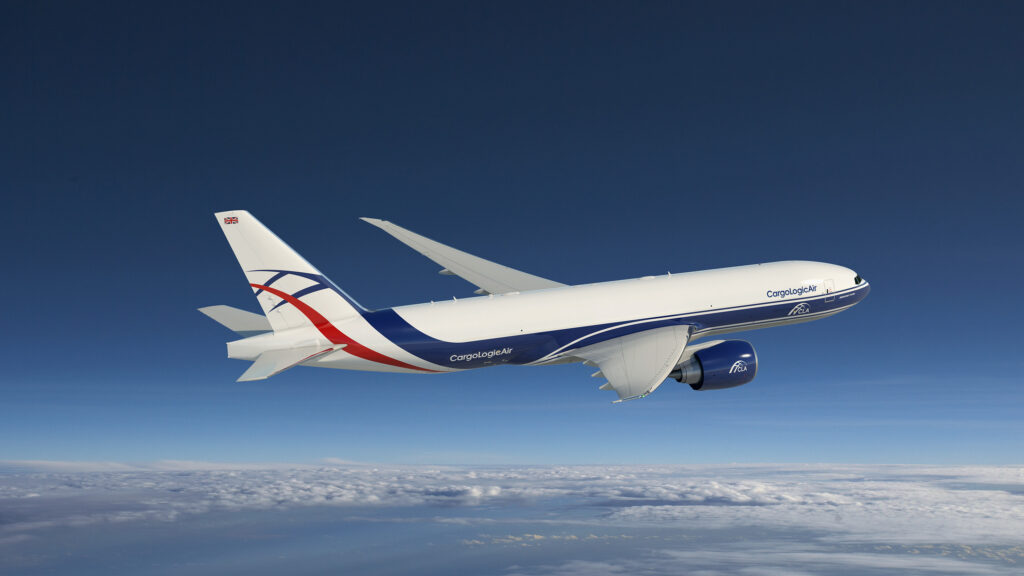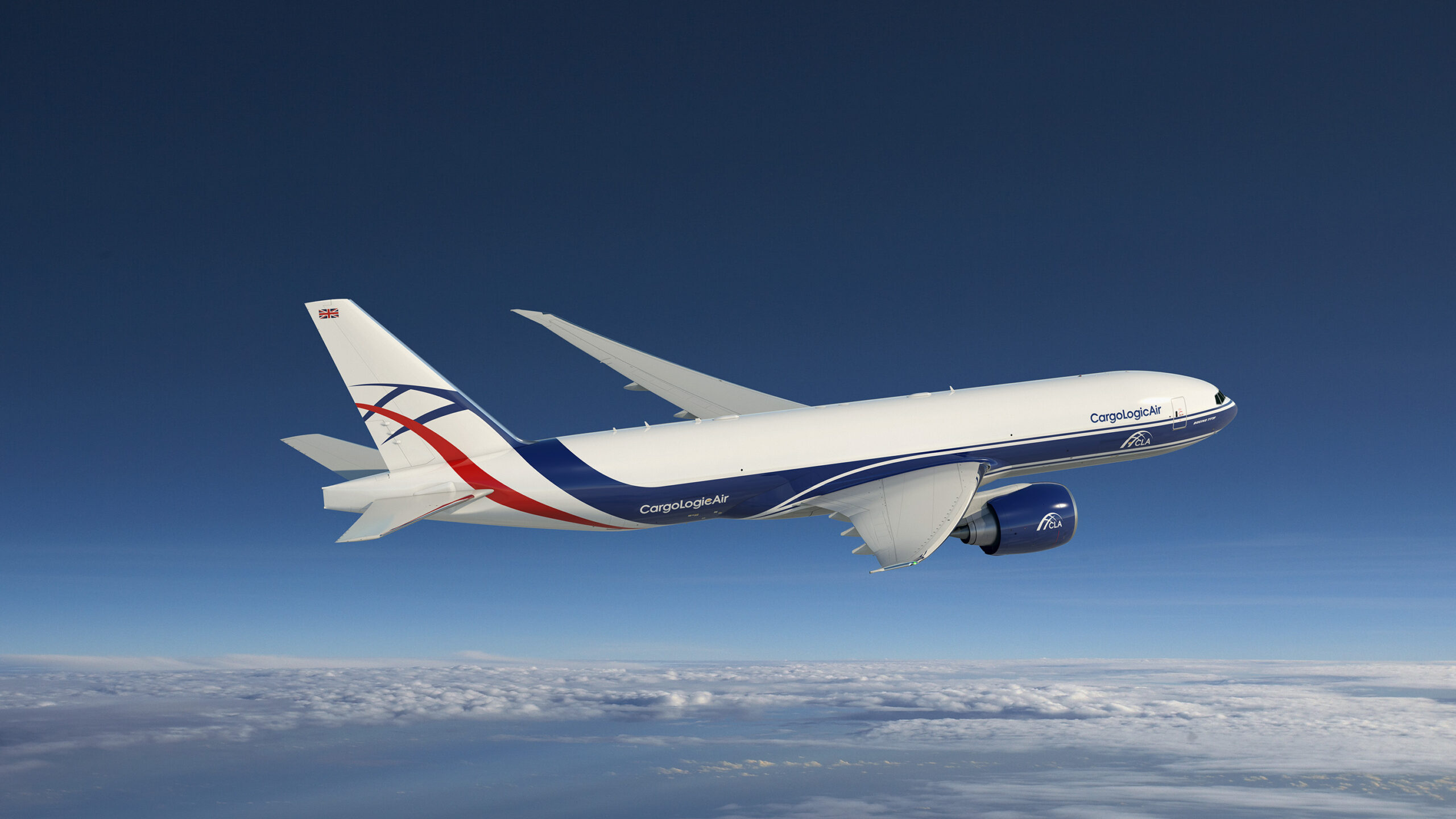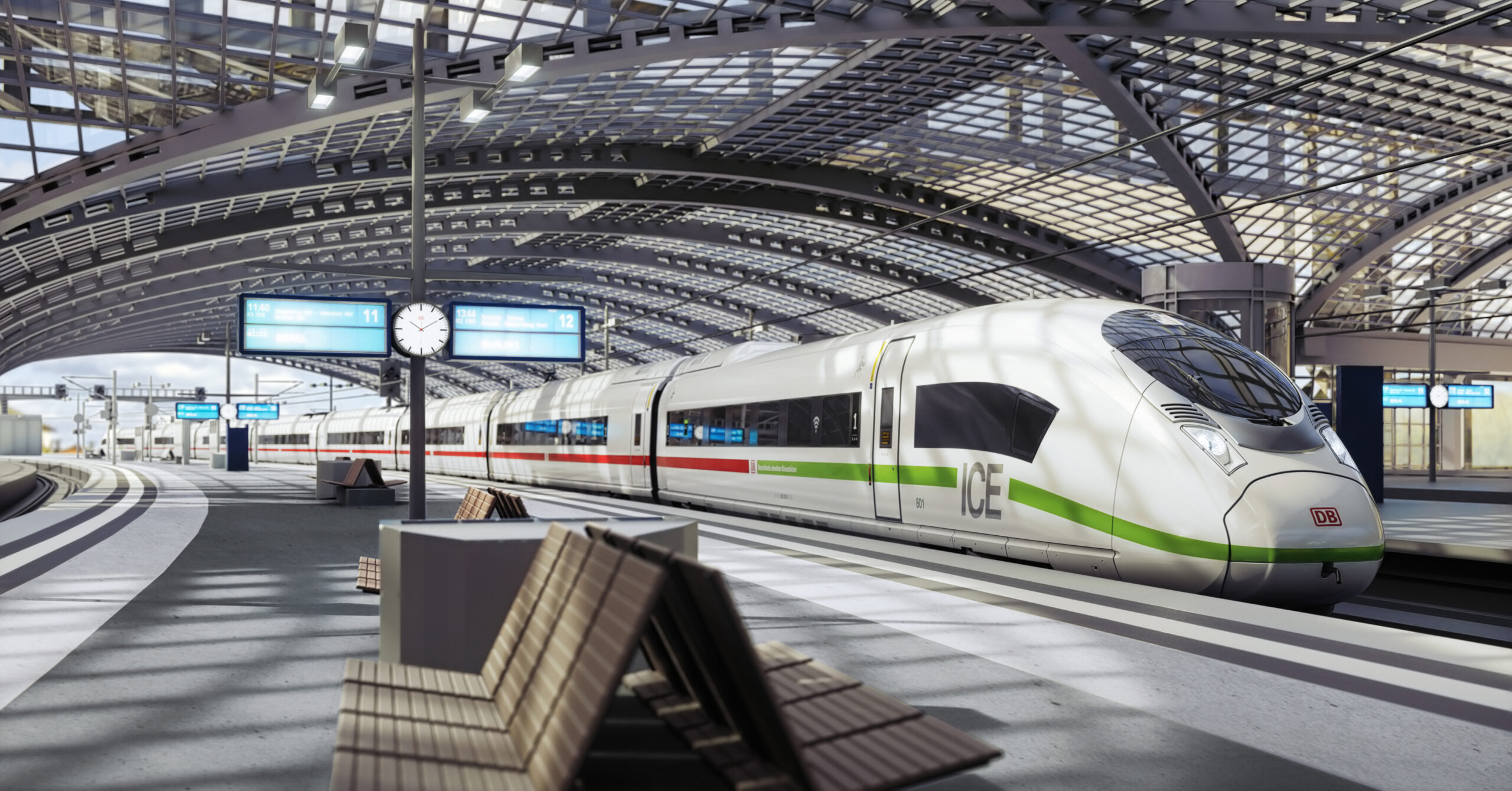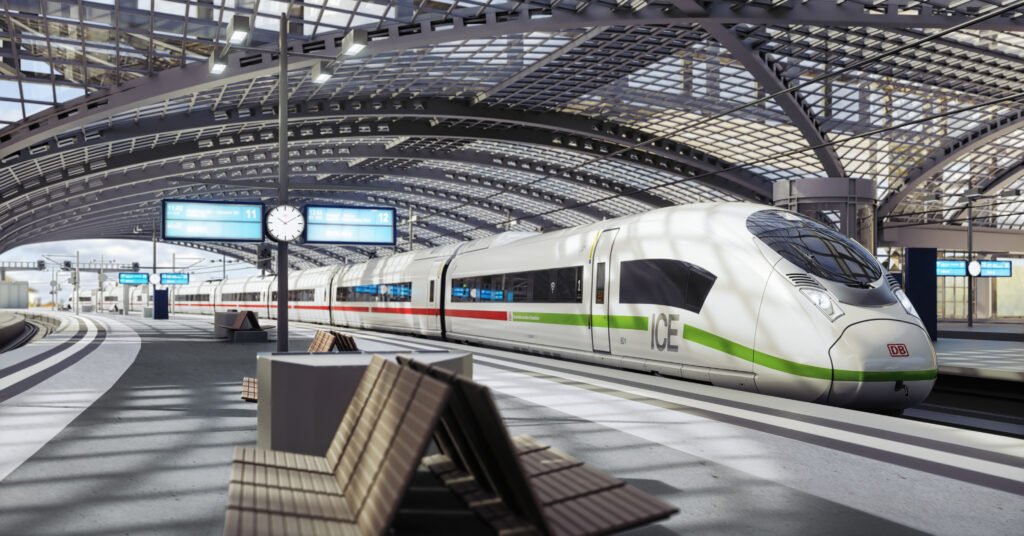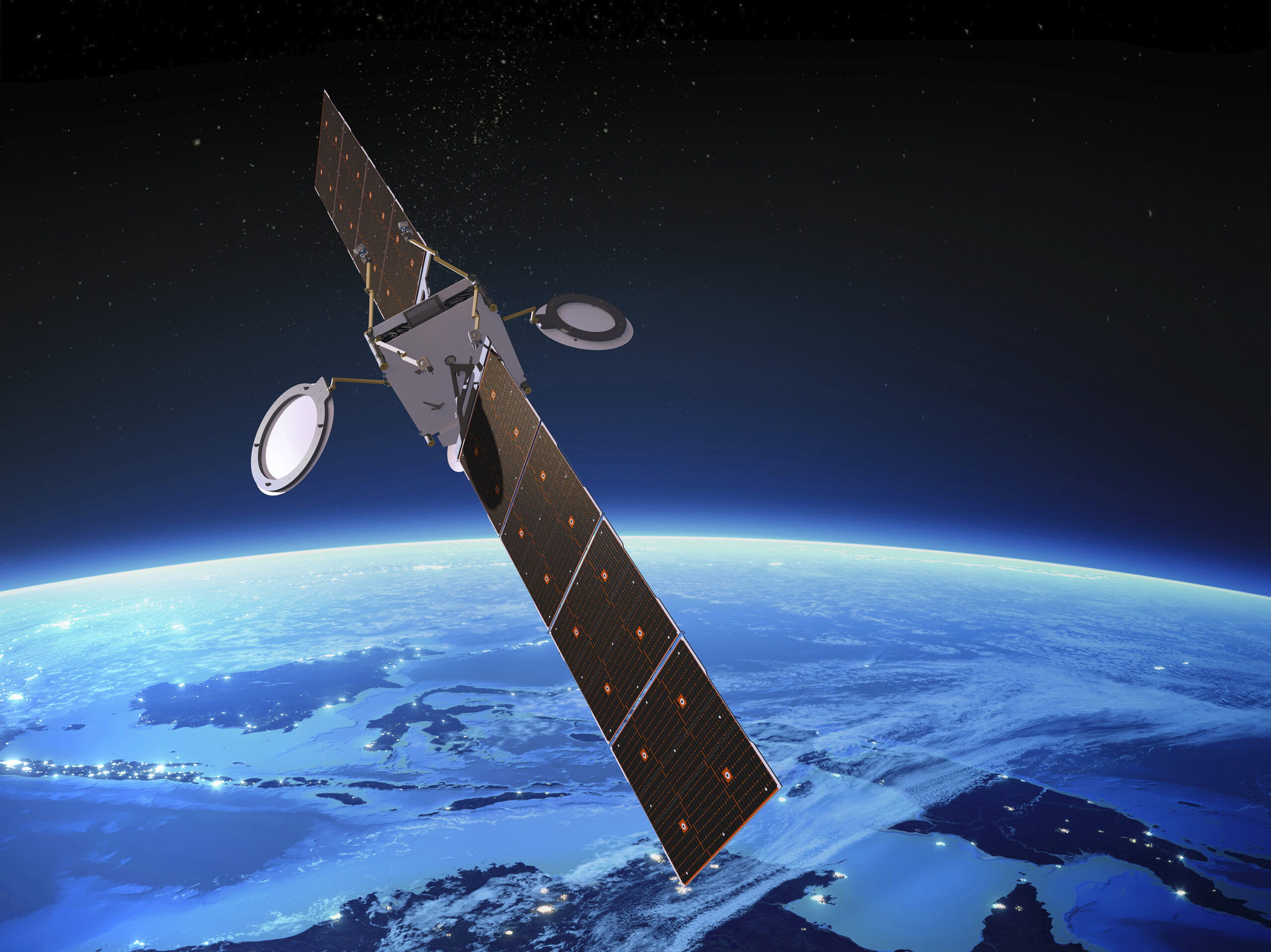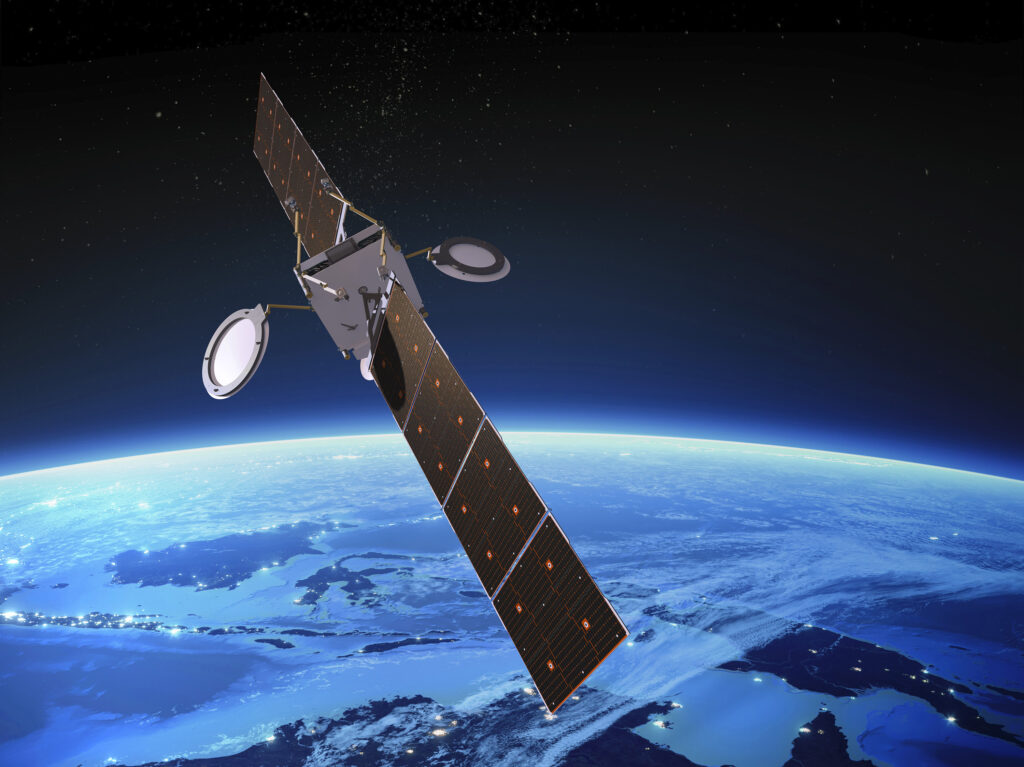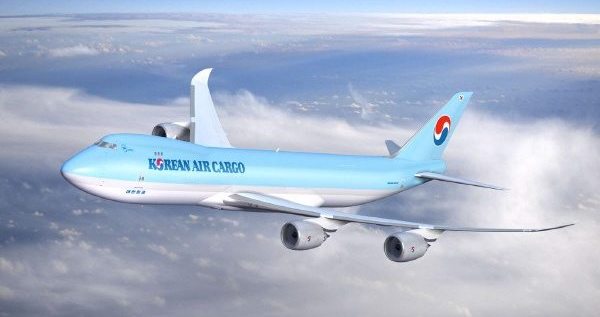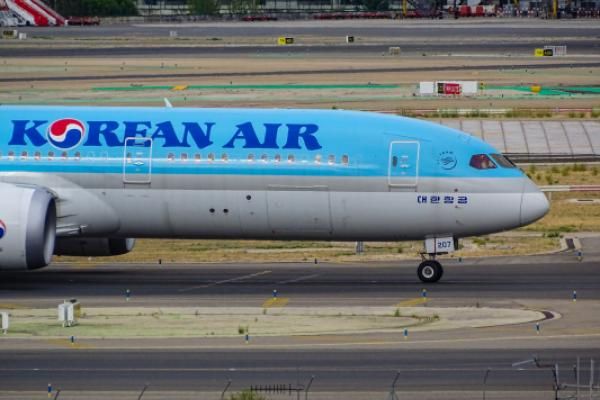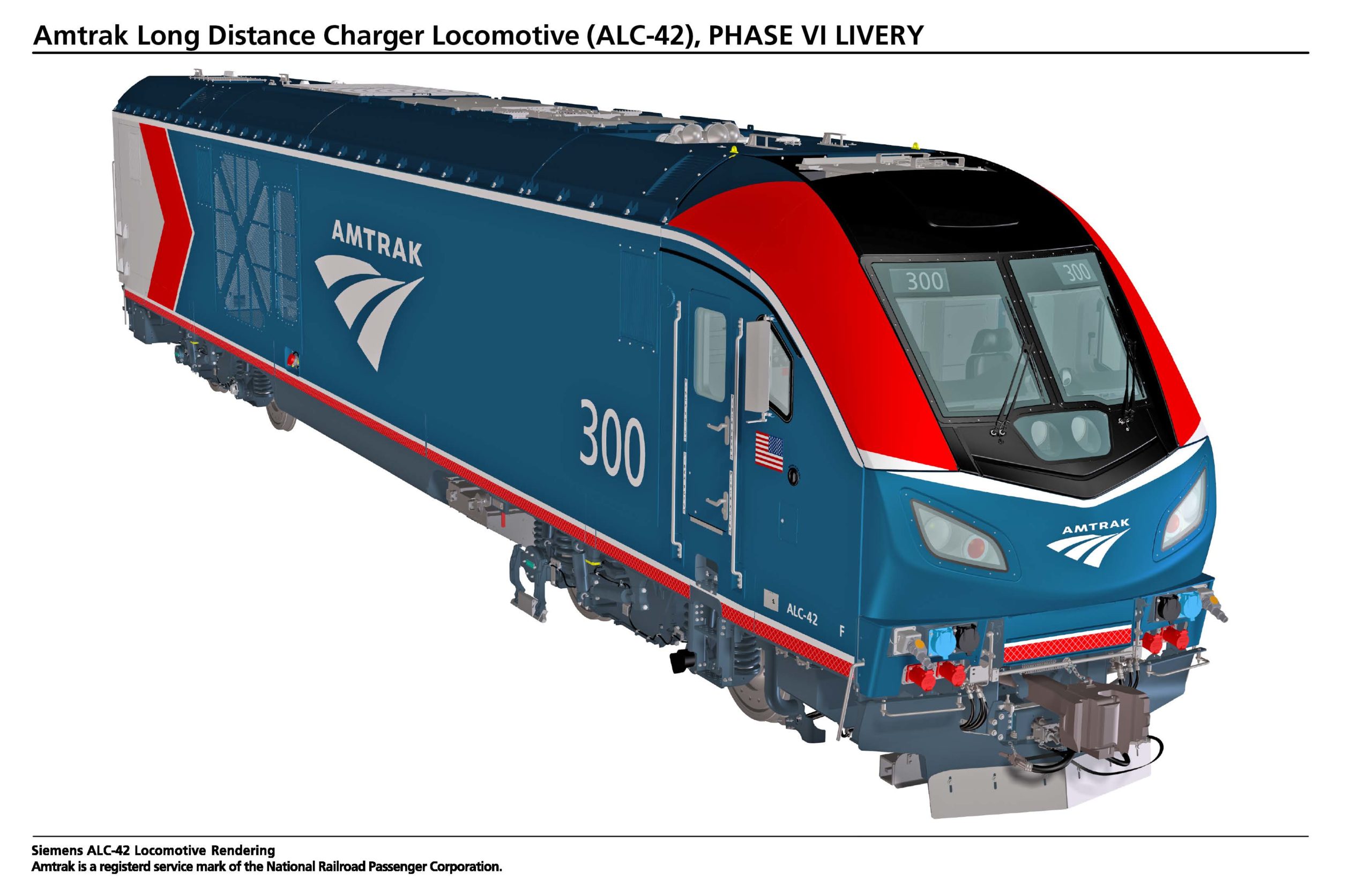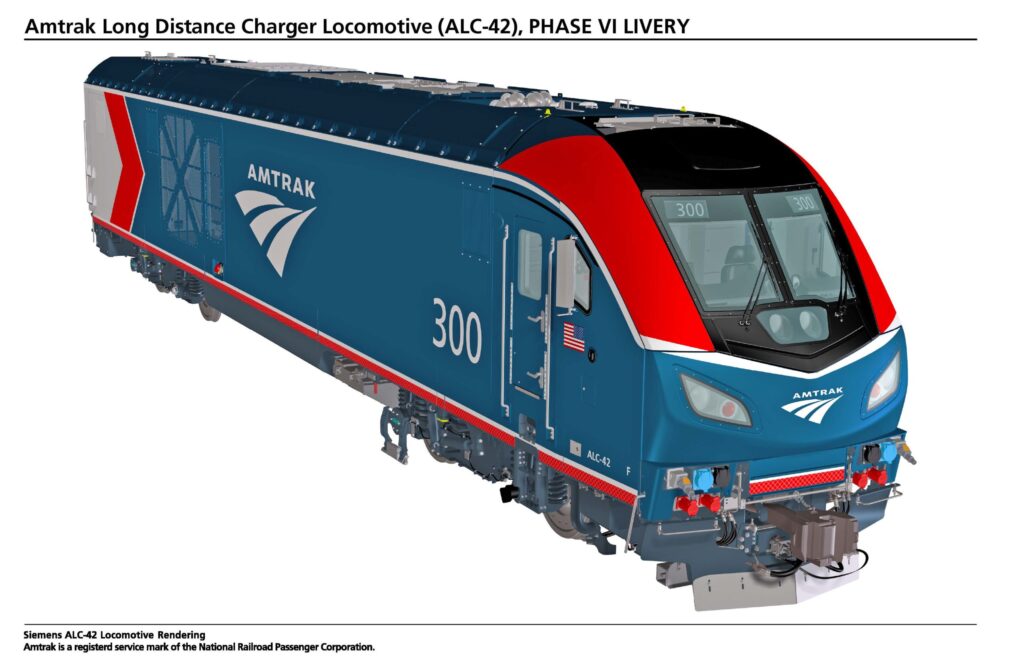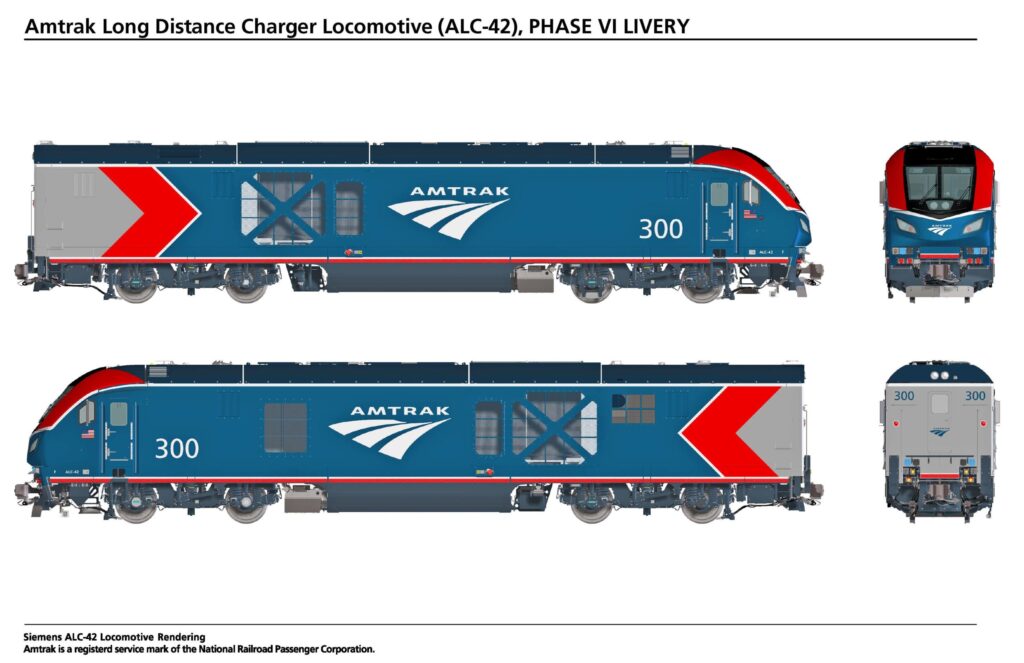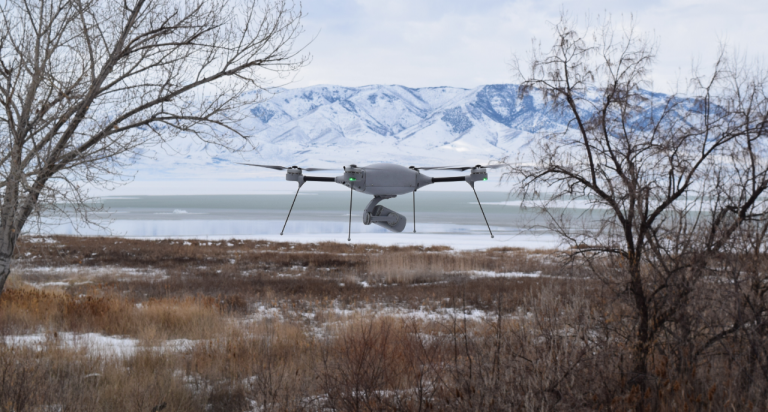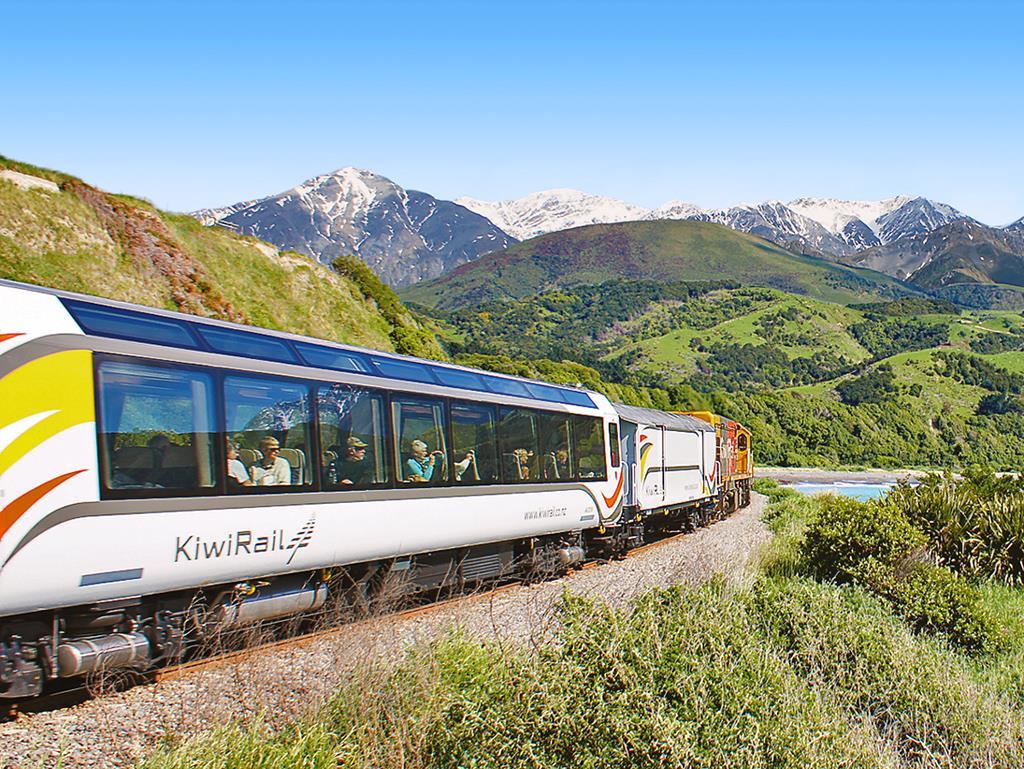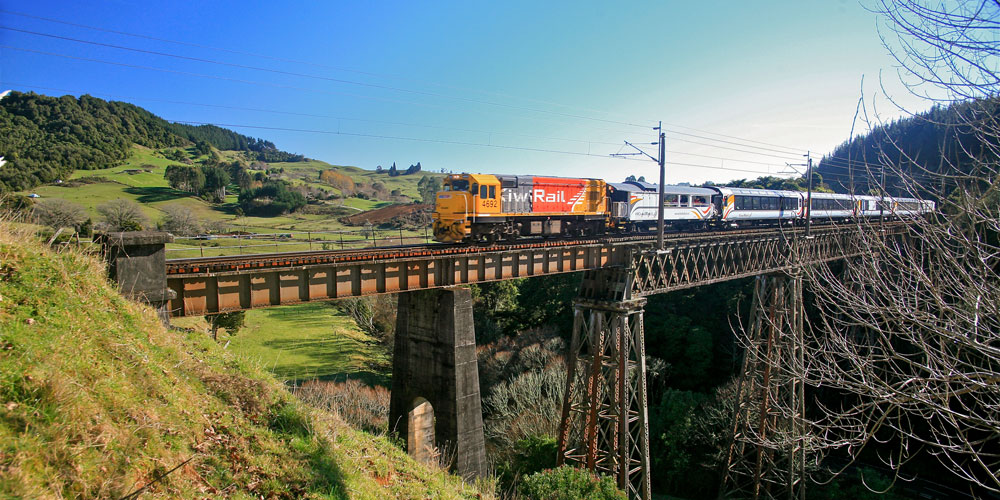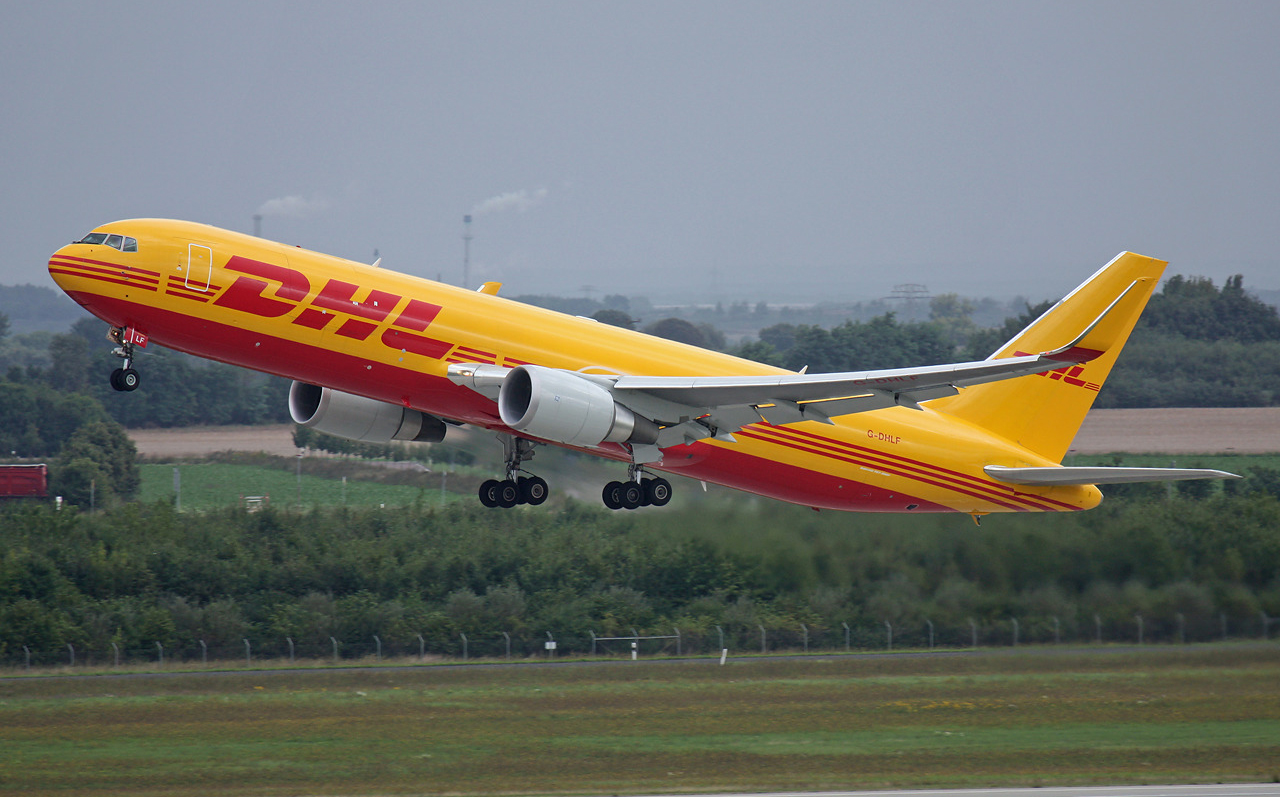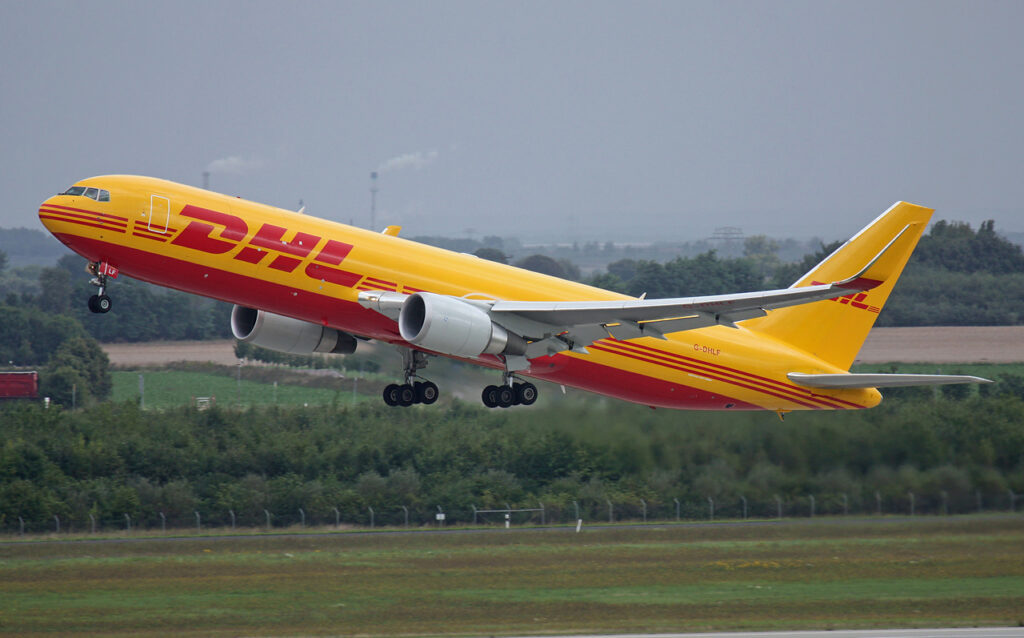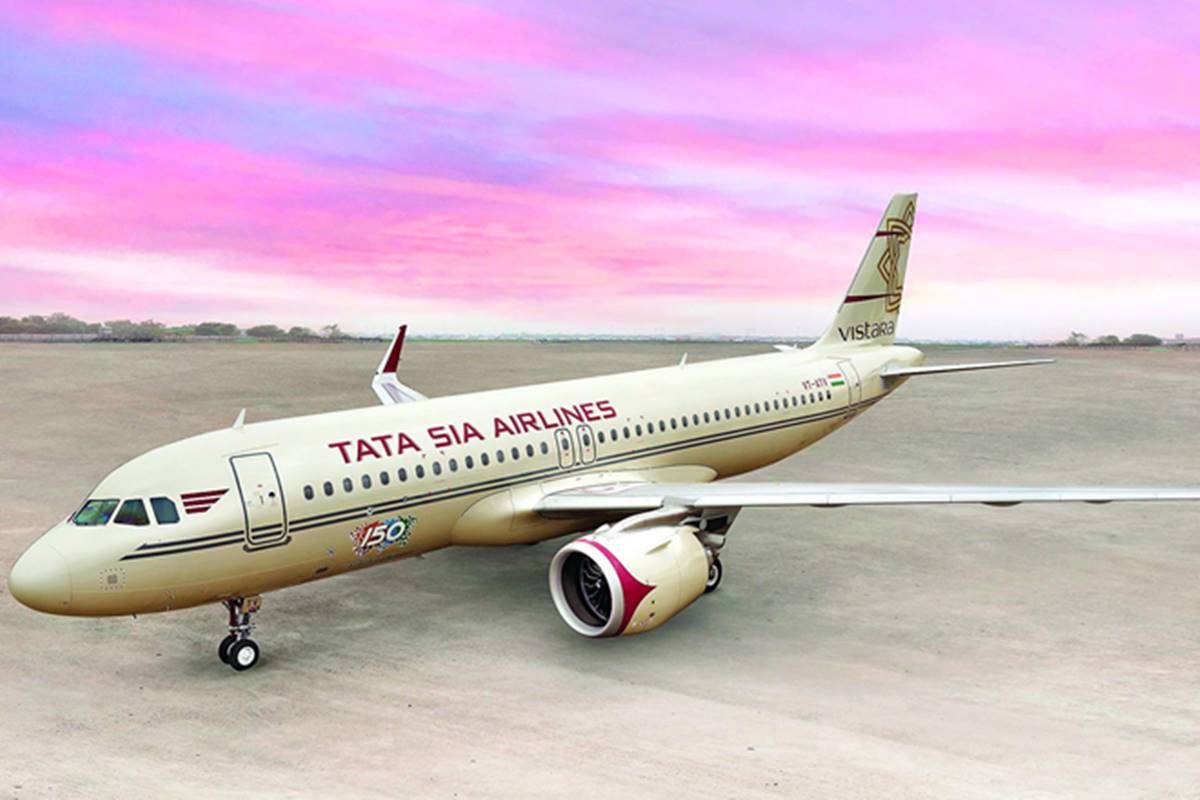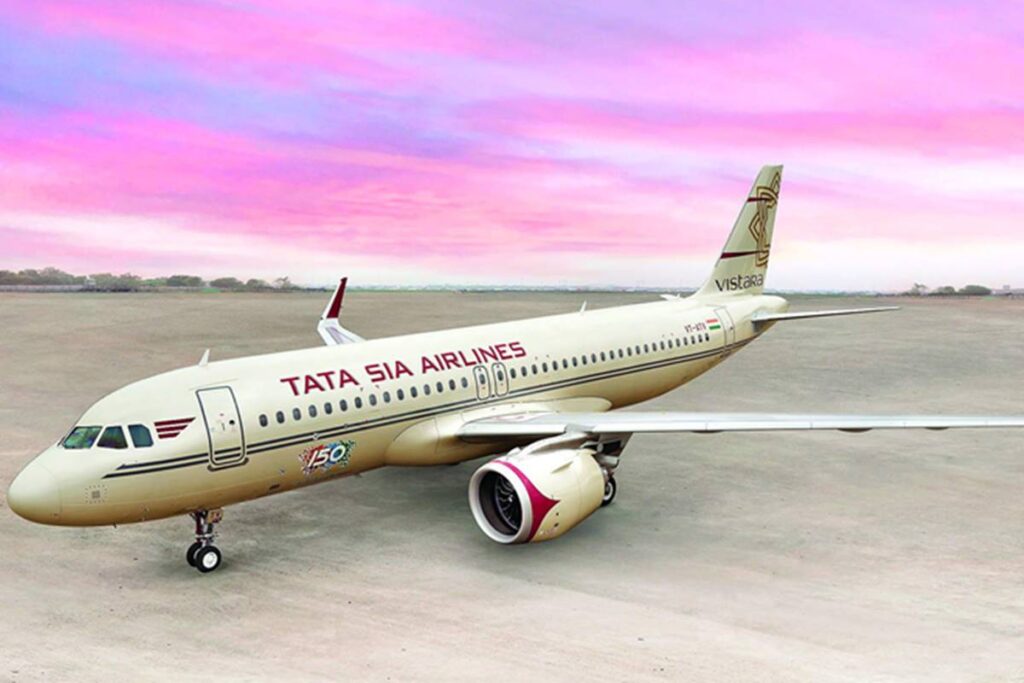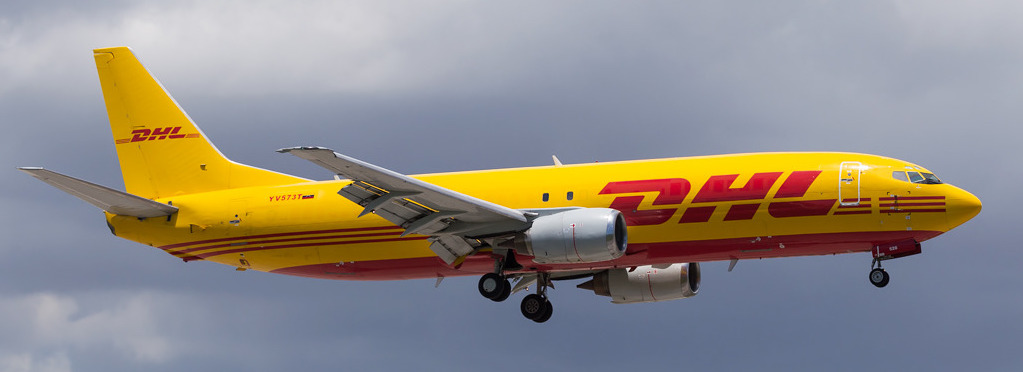– 777 Freighter’s superior range and efficiency to complement Volga-Dnepr’s fleet
– Volga-Dnepr becomes the 19th operator of the large-capacity twin-engine freighter.
A Boeing [NYSE:BA] 777 Freighter today joined the Volga-Dnepr Group fleet of 24 Boeing freighters today, departing Paine Field in Everett, Washington. The fuel efficient twin-engine freighter will begin operations with AirBridgeCargo, a subsidiary of Volga-Dnepr.
AirBridgeCargo will operate the airplane via a sale-leaseback agreement with Dubai Aerospace Enterprise (DAE).
“We are delighted to welcome Volga-Dnepr Group as our newest customer as they introduce the 777 Freighter to their fleet,” said Firoz Tarapore, DAE’s Chief Executive Officer. “DAE Capital is the world’s largest lessor of the profitable and efficient 777 Freighter. We look forward to a long and rewarding relationship with Volga-Dnepr Group as they continue to grow their successful operations.”
Volga-Dnepr Group is among the world’s largest Boeing freighter operators, flying 17 747 freighters and five 737 freighters, including 13 747-8F, four 747-400ERF, two 737-800BCF and three 737-400SF.
The 777 Freighter, which can fly 4,970 nautical miles (9,200 kilometers), can carry a payload of 224,900 lbs. (102,010 kg), more cargo capacity than any other twin-engine freighter. Of all production freighters, only the 747F and 777 Freighter are capable of carrying tall and outsized cargo loads on 3-meter (10-foot) tall pallets. This common main-deck pallet height capability enables interchangeable pallets for both models. In addition, the 777F main deck side cargo door is extraordinarily wide at 3.72 meters (146.5 inches), giving that airplane outsized carriage capability beyond tall payloads.
“We are honored to partner with Dubai Aerospace Enterprise and Volga-Dnepr Group to introduce the 777 Freighter to Volga’s customers,” said Ihssane Mounir, Senior Vice President of Commercial Sales and Marketing, The Boeing Company. “We look forward to introducing the unsurpassed efficiency and capability of the 777 Freighter to complement Volga’s existing fleet.”
Boeing provides more than 90 percent of the worldwide dedicated freighter capacity. Customers have ordered 231 777 Freighters since the program began in 2005. Volga-Dnepr becomes the 19th operator to date to use the large-capacity twin-engine freighter.
